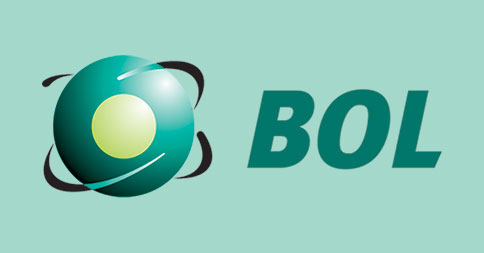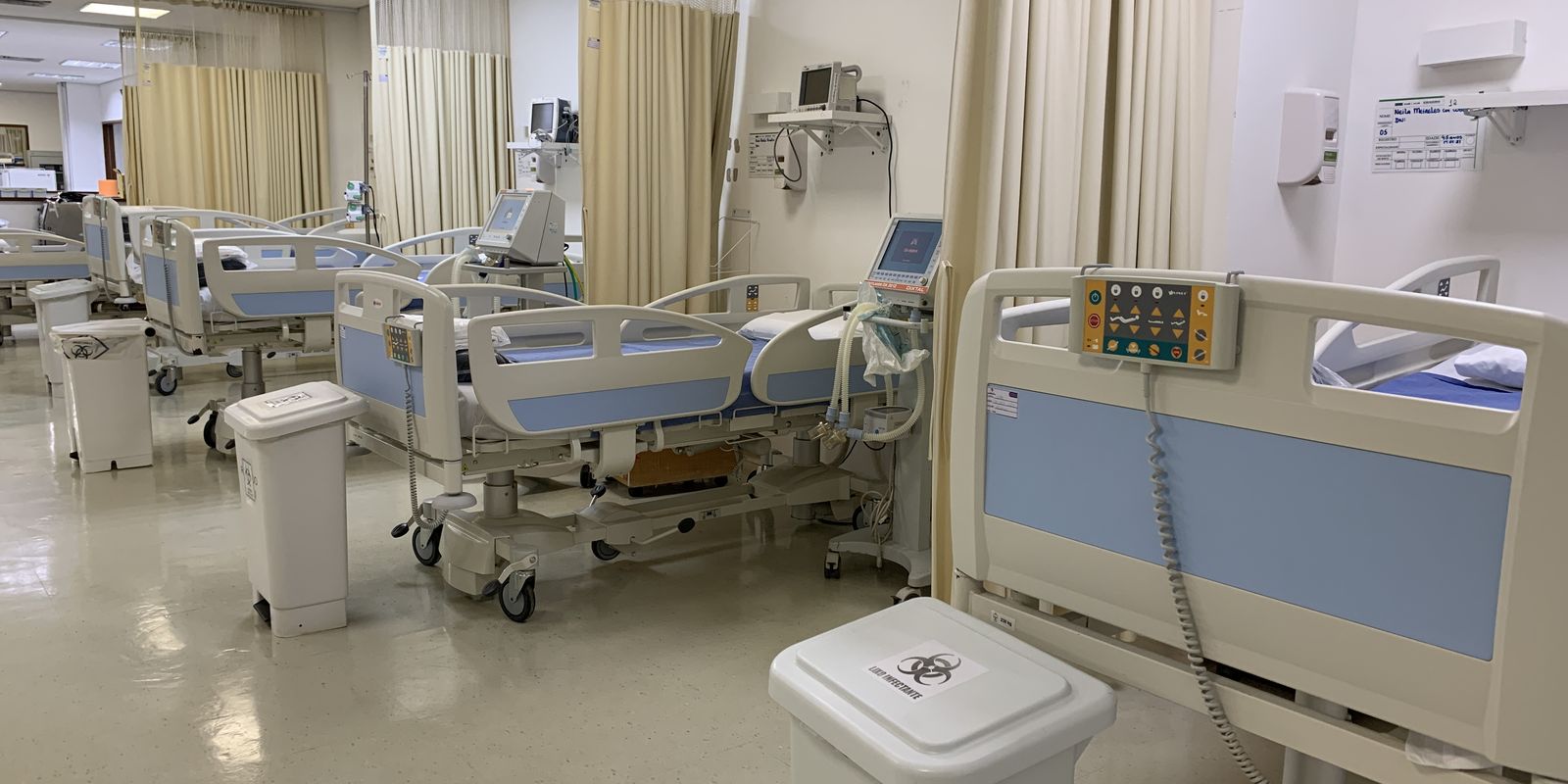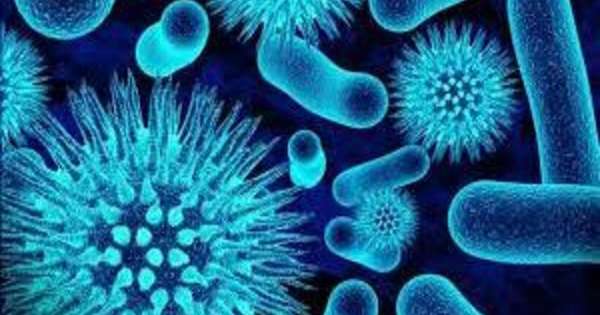The Federal University of Minas Gerais (UFMG) will receive the first viral vector production center using CRISPR-Cas9 technology in Brazil. The studies will be conducted by the Institute of Biological Sciences (ICB).
Technology is primarily responsible for cutting and editing the genome in a simple way. “In this case, viral vectors will be used to make the technology of modifying the genetic material of the cell work. With the combination of the two, it will be possible to alter the nervous system in an attempt to treat or cure neurological diseases,” explains Vinicius Ribas, Associate Professor in the Department of Morphology at ICB UFMG .
According to the university, the studies may produce promising opportunities for developing gene therapy, both in animals and human cells, and also help discover treatments and treatments for neurological diseases.
CRISPR-Cas9
The data that identifies organisms is stored in DNA, which is the unique genetic material of each organism. There is interest in DNA modification for several reasons, but the most important is disease prevention.
CRISPR-Cas9 comes from the name “Varying distances regularly short alternating repetition , which means clustered and regularly spaced frequencies. In this part of the DNA is the genetic material of bacteria and viruses, which are allocated into small pieces of DNA.
The viral memory contained in this genetic material is part of the bacteria’s defense mechanism against these invaders. When a virus with a DNA sequence already in the gene’s “memory” invades this cell, it sends out an enzyme capable of cutting the double strand of viral DNA in the region where this conformation is present, one of these proteins is Cas9.
If this defense system is modified by genome editing, rather than cutting the invading organism, Cas9 will indicate which part to cut. Thus, the cell begins the process of repair, breaking apart the information contained in the old sequence, rendering the gene unusable.
projects
Five projects will initially be developed using CRISPR-Cas9 technology, in neurological and neuropsychiatric diseases, such as: Alzheimer’s, epilepsy, glaucoma and leprosy. There will be participation from undergraduate, master’s, doctoral, post-doctoral students and professors, with a total of more than 30 participating scientists.
The proposal to establish the center, submitted by professors from ICB, the Faculty of Medicine and three other universities in Minas Gerais, has been approved by the Fundao de Amparo Pesquisa do Estado de Minas Gerais (Fapemig) and will receive funding in the amount of R$998,942.
A large portion of the amount will be invested in purchasing equipment and materials, as well as paying scholarships to start science. UFMG estimates that within a year and a half the project will be up and running.
“There is no center in Brazil that produces these vectors with high quality. Whoever needs them needs to import from other countries. The ability to produce them here will facilitate the work of Brazilian researchers, in the beginning, those involved in the project, who will prefer the use of genetic manipulation techniques, which may generate knowledge And new treatments, Vinicius Ribas celebrates.
In addition to the UFMG, the federal universities of Ouro Preto, Juiz de Fora and Alfenas are directly involved in the creation of the Centre. The project also includes two external cooperating institutions: the Federal University of Rio de Janeiro and the Medical University of Göttingen, Germany.
* Supervised training

“Hardcore beer fanatic. Falls down a lot. Professional coffee fan. Music ninja.”






More Stories
The law allows children and adolescents to visit parents in the hospital.
Scientists pave the way for the emergence of a new element in the periodic table | World and Science
Can dengue cause hair loss? Expert explains how the disease affects hair